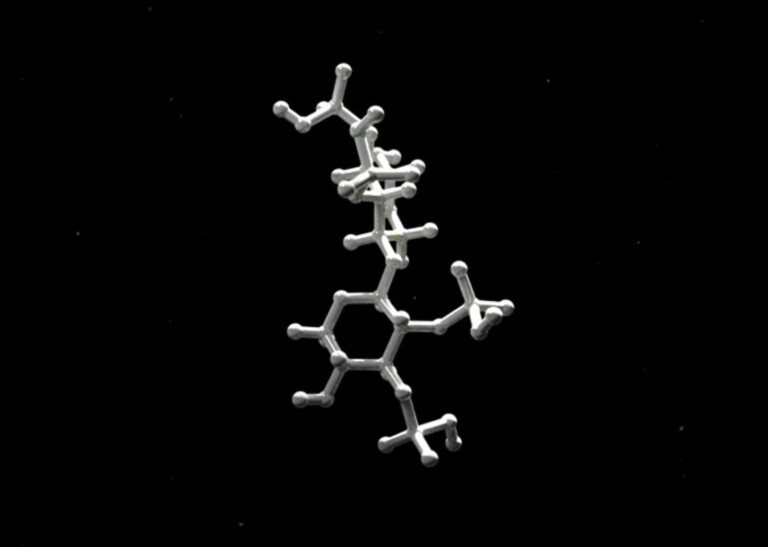
By Olivia Slayden
A mechanism of action (MoA) animation, also called a method of action or mode of action video, is a short film that depicts how a drug operates on a molecular and cellular level to achieve its therapeutic results. These videos are among the most efficient ways to communicate foundational information about how a drug works, so that healthcare providers, patients, and investors can make informed decisions.
MoA Medical Animation: Who Will Watch it?
The typical audience for a pharma MoA is healthcare providers or investors. Because these short videos are such powerful learning tools, they are often leveraged for internal communications to educate sales staff and newer employees as well. Occasionally, simplified versions of these videos are used as patient education resources. While the script of the animation is always tailored to the audience, often videos targeting one audience can be modified to reach others.
Where MoA Animations Can Be Deployed
A high-end pharmaceutical MoA animation can form a visual centerpiece for a product's brand. There are several key ways to maximize its utility.
When recruiting for clinical trials, pharmaceutical animations can be extremely helpful in generating interest among healthcare providers to encourage their patients to enroll. There is so much new information constantly entering the medical community that it can be difficult to stay up to date on all of the clinical trial news. Often mechanism of action videos are deployed at medical conferences on enormous monitors to attract healthcare providers' interest on the expo floor. In this context, you have one chance to grab their attention, and so top-of-the-line imagery is critical to grab the viewer and maintain their confidence in the message.
At product launch, a high-end animation will maximize interest and optimize understanding and memory retention in target audiences, and contribute imagery and stylistic elements that can be used throughout all branded material.
As live presentation tools, MoA videos can provide a visual accompaniment to a discussion on the therapy's value proposition. When presenting live, the audience will be paying attention to what's on screen, to the presenter, and to the narration. In order to avoid overloading the audience or creating awkward silence while everyone watches the screen, typically the best results are achieved by creating an alternate edit that breaks the video into smaller parts to be narrated live by the presenter. This also helps the speaker to control the flow of the information and fit it more seamlessly into their presentation style.
As an online resource, mechanism of action videos can give web visitors a core foundation of understanding that will allow them to better engage with other information on the rest of the website. Because scientific imagery is accompanied by audio narration, the informational experience is much richer. Often, the video can tell visitors in two to three minutes what would have taken ten minutes to read in text.

MoA Animation Styles
3D Animation: Creating animation in a fully three dimensional style allows the animators to leverage all of the technological advances made in computer graphics over the last fifty years to create breathtakingly realistic and beautiful imagery. Precise and accurate depictions of molecules, cells, and tissues enable highly detailed discussions of the science. When properly executed, a fully 3D animation can provide the most accurate and visually appealing end result, and therefore this style tends to be the most popular approach in the pharmaceutical animation industry.
Motion Graphics Animation: Motion graphics-style MoAs are simple, fast-paced and punchy stories that take a high-level view of the science, and may be suitable for audiences that don't require the in-depth scientific rigor and accuracy inherent in more 3D depictions. Because they don't have the same level of visual detail, they can't depict the science with the same level of precision as fully rendered 3D, but that can be an advantage when the story is more focused on context and high-level concepts such as supply chain or emotional impact on patient experience.
Whiteboard Animation: Whiteboard animations are time-lapse video of whiteboard drawing creation, edited together and accompanied by spoken narration. The major benefit of these animations is that they can be executed in a very short amount of time and with minimum cost, making them accessible to companies at the earliest stages of fundraising. As long as the creators of the whiteboard animation have a complete understanding of the subject, strong drafting skills, and well-developed storytelling ability, the whiteboard animation can be a cost-effective, friendly, and informal way to tell a story.
Which Technologies Can Benefit from MoA Videos?
Novel drugs and therapies that operate on newly identified pathways benefit tremendously from MoA animation, because often the audiences have only a partial understanding of the science involved. Molecular and cellular animations are uniquely suited to provide useful information and context to help healthcare providers and investors understand precisely whether and why the drug being described is the best choice for patients.
Biotech companies that have developed a novel platform for drug discovery or other research often have very complicated explanations of how their technologies work. A video describing the precise mechanism by which they are able to achieve their results can optimize understanding by clients or investors, equipping them with the information they need to engage with the company in an informed way.
Medical Devices often employ innovative and unique functionality to achieve a surgical result. Medical device animations can describe how a device functions with clarity and detail that can't be accomplished by live video or simple diagrams. Features of anatomy and/or the device can be made transparent or invisible, allowing the animation to show what can't be seen.
How to Plan Your Next MOA Video
First, identify what you want your audiences to know. This will be critical in determining how your story should be told. Then, you'll need to find an excellent scientific animation studio who can understand your scientific message and create a compelling narrative that maximizes viewer engagement. We contend that we are among the best in the world at this, and if you'd like us to prove it to you, on time and on budget, fill out our contact form to schedule a free consultation.

As Co-Founder and Chief Commercial Officer at Microverse Studios, Olivia Slayden brings her innovative perspective to the team, constantly challenging the status quo to differentiate Microverse Studios in a competitive medical communications landscape. She is recognized for her strategic thinking, attention to detail, and creative problem-solving. In her spare time, Olivia loves staying updated on industry trends and sharing her insights through the Microverse Studios blog.

